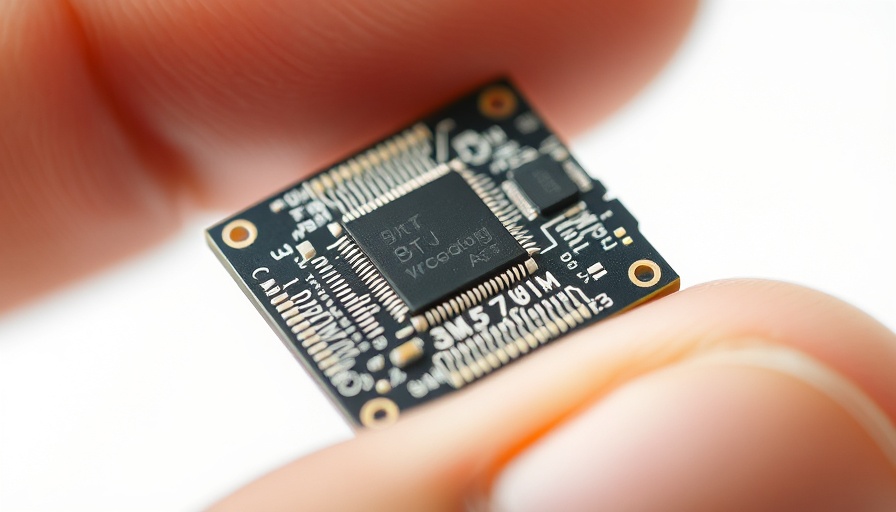
Breaking New Ground in Quantum Physics
In an extraordinary advancement, scientists have confirmed a fundamental rule of quantum physics for the first time, enhancing the understanding of angular momentum in photonic interactions. This groundbreaking finding comes from a team of researchers at Tampere University, collaborating with experts from Germany and India. Their study, published in the prestigious journal Physical Review Letters, reveals insights into how single photons, the basic units of light, behave when subjected to quantum mechanics' stringent conservation laws.
What Are Angular Momentum and Its Significance?
Angular momentum is a core principle in physics, much like linear momentum, governing how rotating bodies interact. In the context of light, photons can possess angular momentum, particularly in the form of orbital angular momentum (OAM), which relates to the shape and structure of light beams. This property of light has profound implications in various fields, from telecommunications to precision measurement in scientific research. Real-world applications include the development of advanced quantum computing systems and innovative methods for secure information transmission.
The Experimental Breakthrough: A Needle in a Haystack
Utilizing ultra-precise equipment, the research team performed delicate measurements to observe how a single photon splits into two, all while conserving its angular momentum. This split process is fascinating; for instance, if one photon retains a positive OAM, its counterpart must display an equal but opposite negative OAM to satisfy the conservation equation: 1 + (-1) = 0. Achieving this required examining an incredibly small fraction of photons—one in a billion—an endeavor likened to searching for a needle within a vast haystack. The meticulous nature of these experiments underscores the profound difficulty traditionally associated with quantifying quantum effects precisely.
Why This Matters for Quantum Computing
This confirmation of angular momentum conservation could herald a new chapter in quantum computing. As quantum technology continues to advance, ensuring reliable manipulation of quantum states becomes increasingly critical. The conservation laws validated in this study lay the groundwork for creating entangled states, integral for enhancing the performance of quantum computers. More robust quantum systems can lead to sophisticated computational capabilities and faster data processing, revolutionizing industries reliant on digital information.
Future Predictions: What’s Next?
Experts in the field anticipate that this breakthrough will stimulate additional research into photon interactions. The ability to manipulate and measure photons at such fine scales could lead to innovations beyond computing, including enhanced communication systems and new sensing technologies. The growing interest in quantum mechanics as a foundational principle for future technologies implies potential collaborations across industries, with universities and tech companies vying to be at the forefront of this evolving landscape.
Exploring Diverse Perspectives
The excitement surrounding this discovery is palpable, but discussions also emerge regarding the ethical implications of rapid advancements in quantum technologies. As quantum computing capabilities grow, considerations for data privacy and security become paramount. How will society balance innovative technological solutions with ethical use? The discourse around these developments must include voices from various sectors, ensuring diverse perspectives and responsible innovation.
Implications for Humanity
The confirmation of quantum conservation laws may seem technical, but it resonates deeply with our understanding of the universe. It challenges our perceptions and encourages a broader appreciation for the intricate laws that govern the physical world, prompting us to consider the implications of these findings on modern existence. As we venture further into the realm of quantum technology, we find ourselves at the intersection of science and philosophy, questioning how these advancements can be harmonized with human values.
In conclusion, this momentous experimental proof regarding angular momentum conservation serves as a reminder of the wonders of quantum physics and its uncharted territory. As we learn more about these phenomena, we grow closer to unlocking the full potential of quantum computing and other applications, offering an exciting outlook for future advancements.
As we grapple with these emerging technologies, consider how you can engage with quantum potentials, explore educational resources, and join discussions on the implications of these findings on society.
 Add Row
Add Row  Add
Add 




Write A Comment